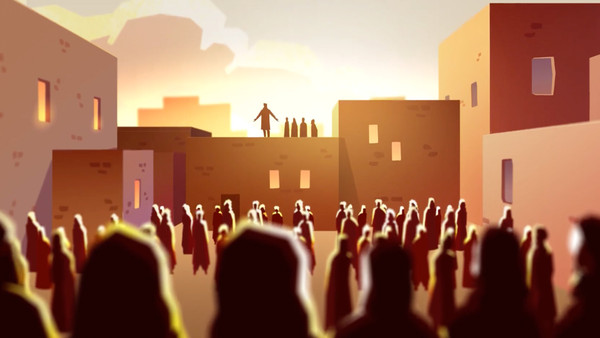
6:22

In this video, we'll explore how God's Spirit filled and empowered Jesus' followers, renewing them and preparing them to announce the good news to the nations.
What is one way this video encourages or expands your understanding of the book of Acts?
In the Hebrew Bible, God is repeatedly depicted as a fire. Why is this significant in the book of Acts?
In your own words, summarize the way Luke speaks of the two different temples.
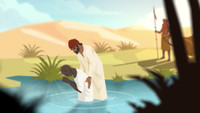
Episode 7
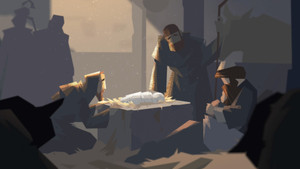
Episode 1
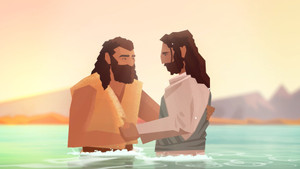
Episode 2
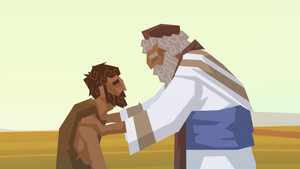
Episode 3
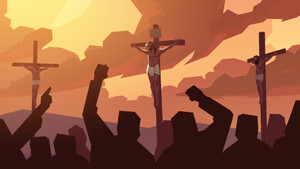
Episode 4
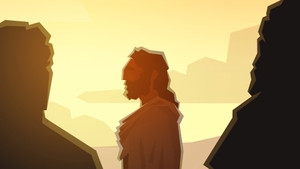
Episode 5

Episode 6

Episode 7
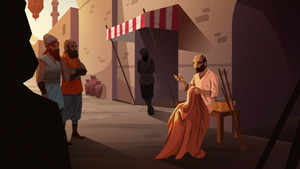
Episode 8
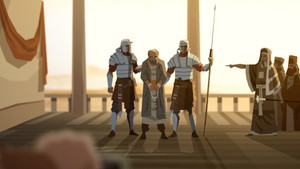
Episode 9